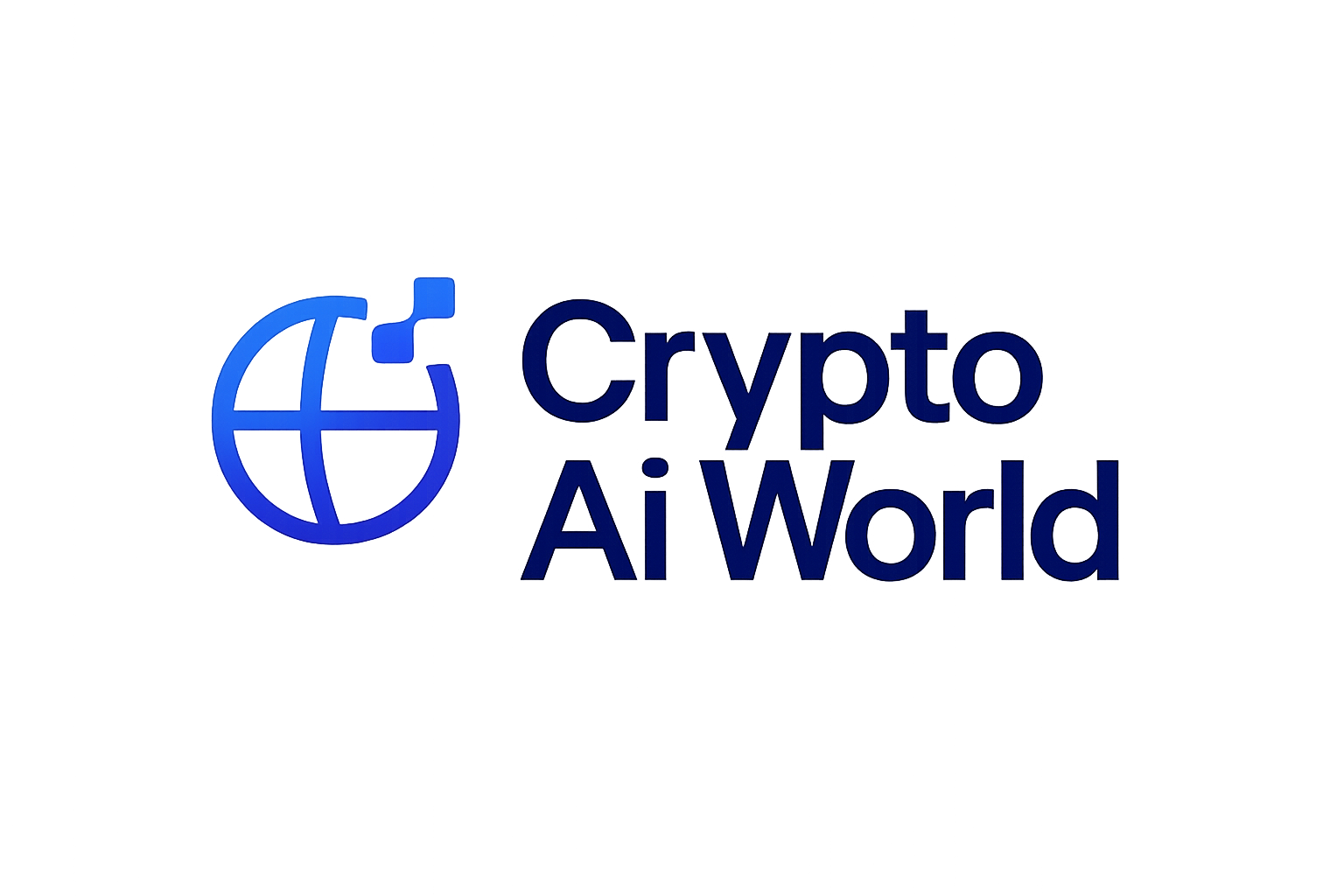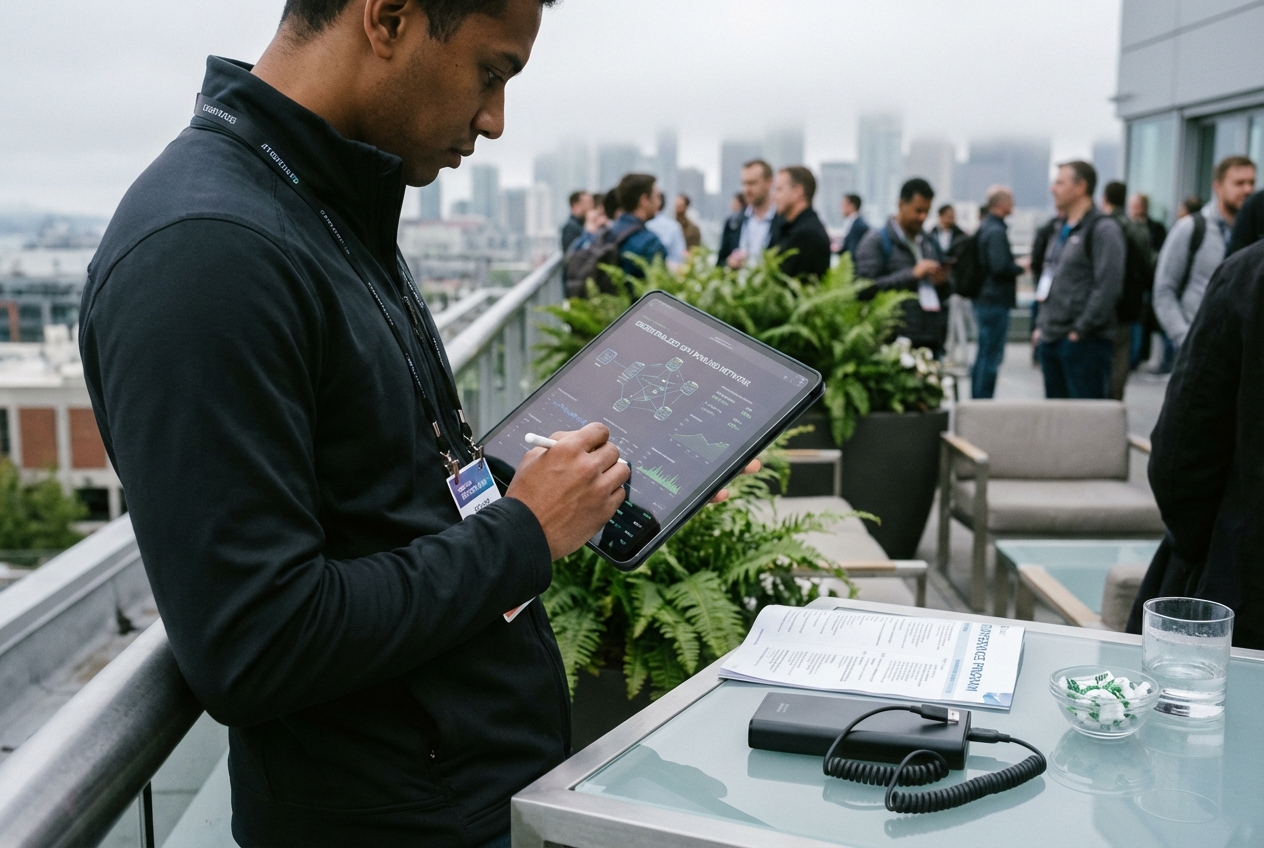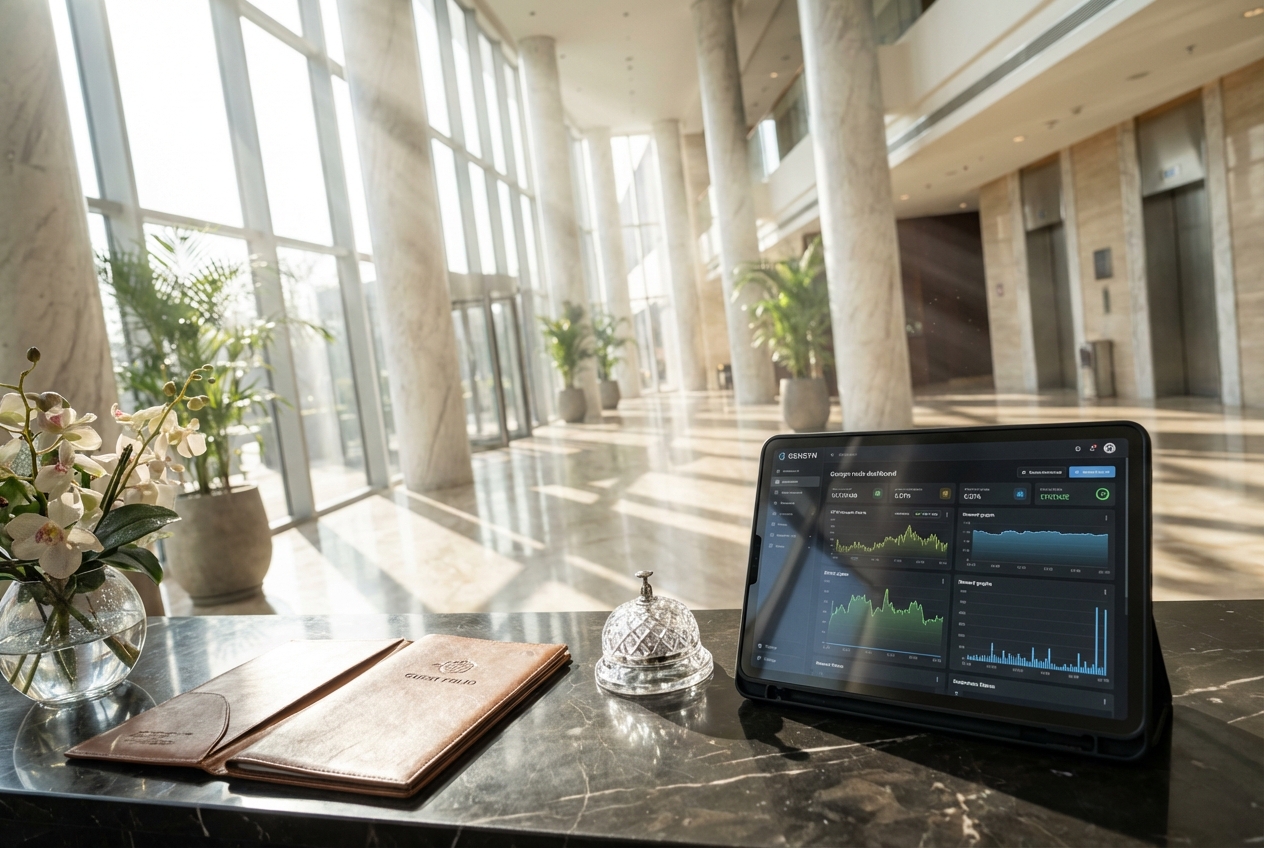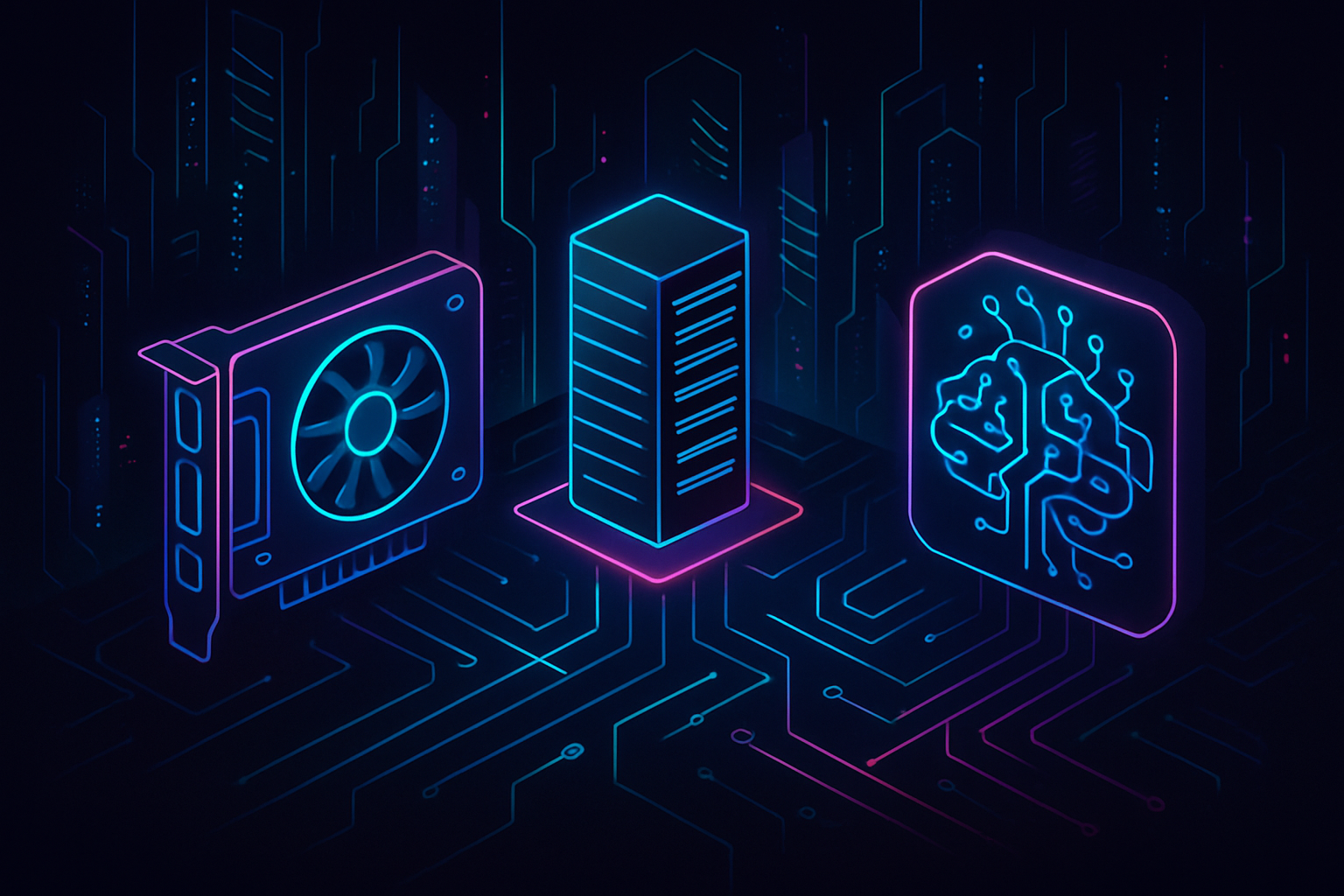
AI’s insatiable demand for compute has collided with the hard limits of centralized GPU supply. As foundation models balloon in size and inference workloads proliferate, traditional cloud providers struggle to keep up, often pricing out startups and researchers. Enter decentralized GPU marketplaces: networks that unlock global GPU capacity by connecting buyers and sellers in a permissionless, crypto-powered ecosystem. This shift is not just about cost savings – it’s a fundamental reimagining of how AI compute networks are provisioned, secured, and scaled.

Why Centralized GPU Clouds Are Hitting Their Limits
The explosion of generative AI and large language models has exposed choke points in centralized infrastructure. Cloud giants like AWS, Azure, and Google Cloud offer convenience, but their pricing is opaque and subject to sudden spikes. Scarcity premiums on high-end GPUs can price access at a level only the largest enterprises can justify. For many builders, this means rationing compute or waiting weeks for access – both are innovation killers.
Decentralized GPU marketplaces flip this dynamic by aggregating idle or underutilized GPUs from individuals, data centers, and even universities. By removing the middleman and leveraging blockchain for trustless transactions, these networks can offer compute at a fraction of the cost – often up to 70% less than traditional clouds. Akash Network advertises up to $500 in GPU credits for new users looking to tap into its decentralized cloud. io.net claims instant access to over 30,000 GPUs at prices significantly below AWS.
How Decentralized GPU Marketplaces Work
At their core, decentralized GPU marketplaces are programmable compute networks. They rely on smart contracts to automate payments, enforce service-level agreements (SLAs), and validate compute integrity (using verifiable compute claims). Providers list their available GPUs; buyers post jobs or bid for resources. The network matches supply with demand in real time.
- Permissionless onboarding: Anyone with spare GPU capacity can join as a provider.
- Programmable incentives: Crypto tokens reward honest behavior and penalize downtime or fraud.
- Verifiable compute: Zero-knowledge proofs or cryptographic attestations ensure jobs are completed correctly.
- Transparent pricing: Market-driven rates reflect true supply-demand dynamics, not arbitrary markups.
This model is rapidly gaining traction across the AI landscape. Silicon has pioneered tokenizing GPUs as NFTs, enabling both primary and secondary markets for GPU access. By Q3 2025, their $SIL token underpins a community inference cloud designed to democratize AI workloads. Meanwhile, OODA AI, GPU AI, and Berkeley Compute are all onboarding global providers to meet surging demand from model developers and enterprises alike.
The Competitive Landscape: Top Decentralized GPU Networks in 2025
Comparing Leading Decentralized GPU Marketplaces
-
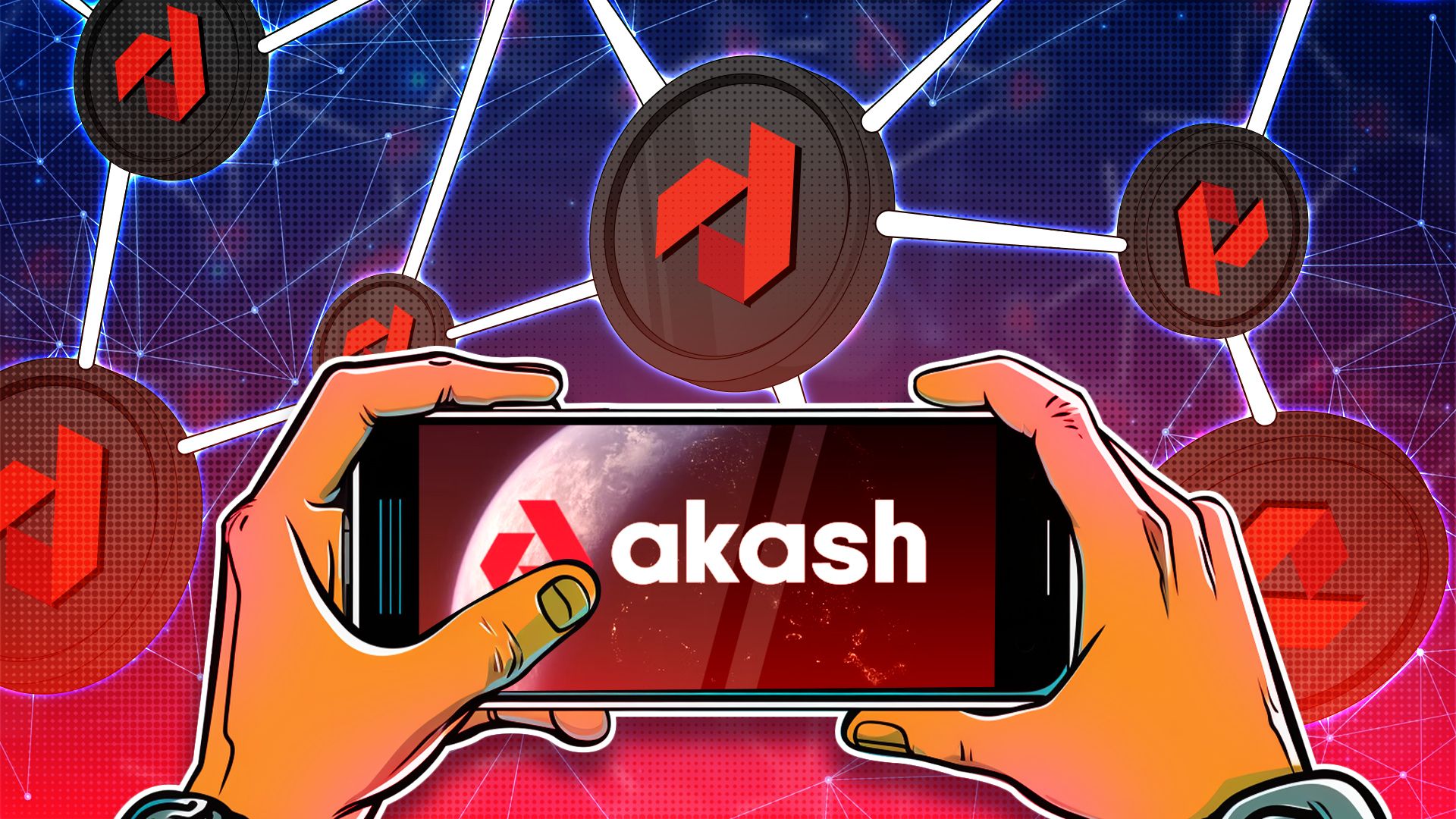
Akash Network: A pioneering decentralized cloud platform, Akash unlocks global GPU power for AI at a fraction of traditional costs. Users can access up to $500 in GPU credits, making it a cost-effective solution for scaling AI workloads.
-
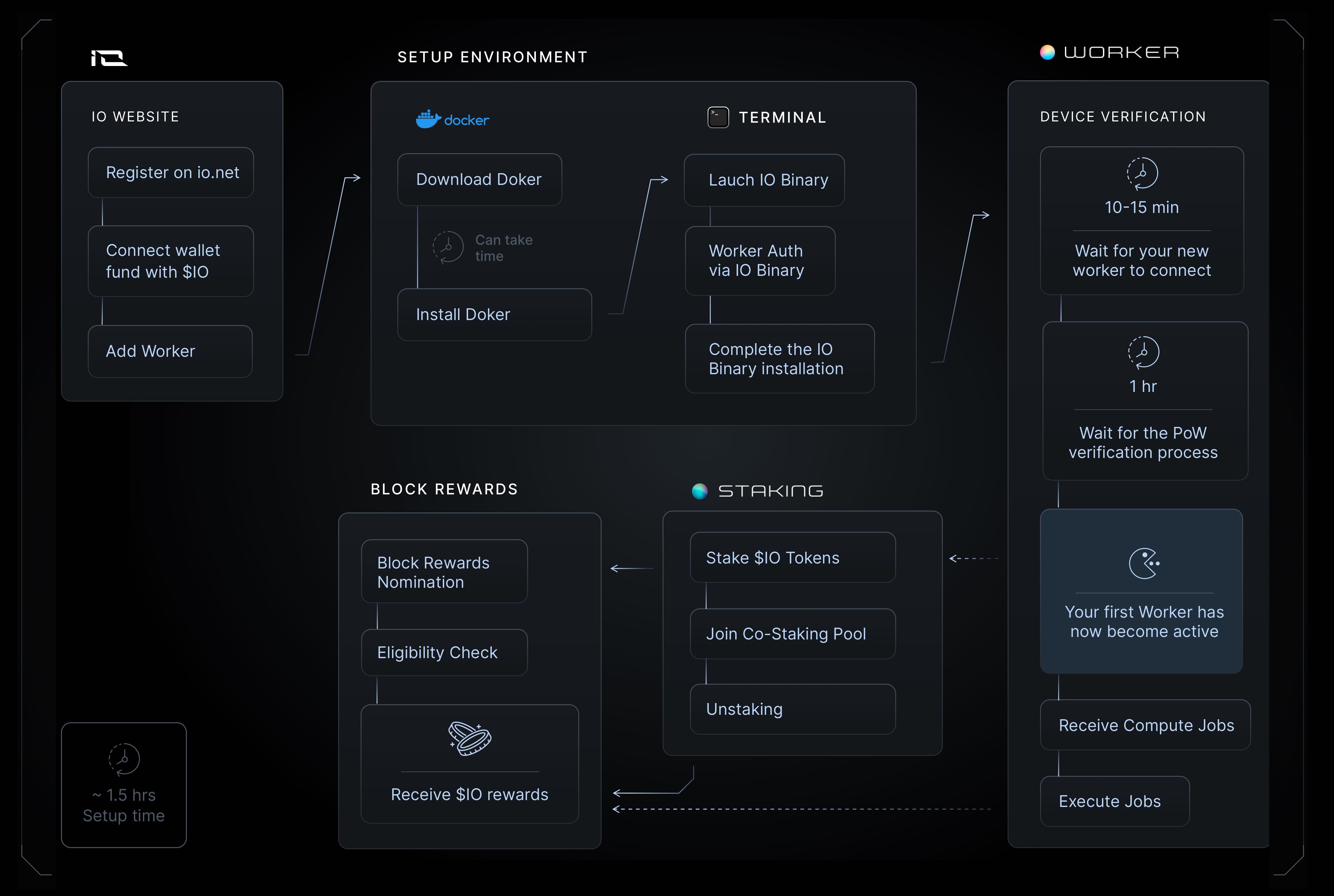
io.net: Specializing in AI workloads, io.net offers instant access to 30,000+ GPUs and leading open-source models. The platform claims up to 70% lower costs than AWS, with rapid deployment for AI developers.
-
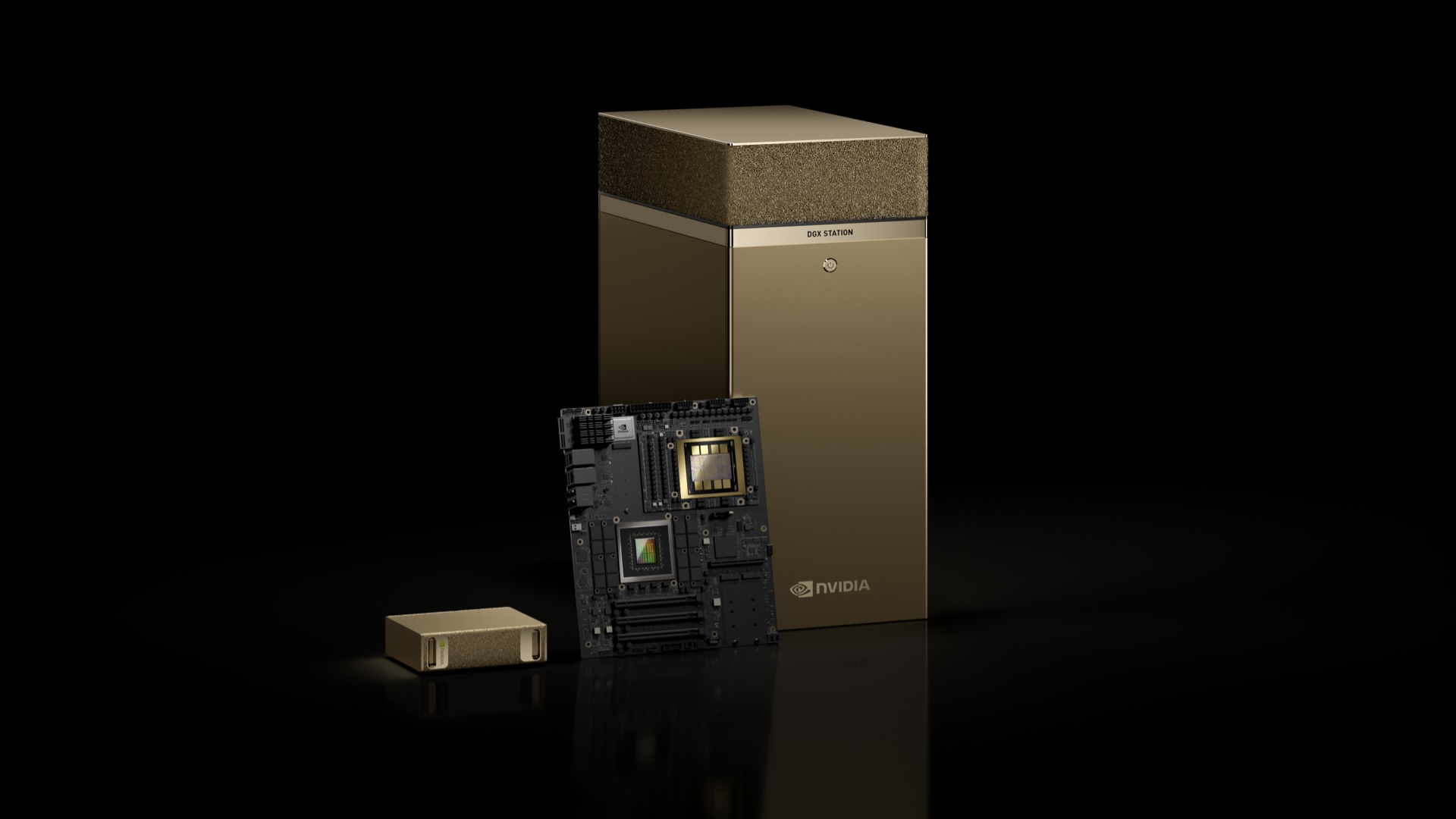
Silicon: Launched in 2025, Silicon introduced tokenized GPU NFTs and a $SIL token, enabling primary and secondary marketplaces for GPU resources. Its community inference cloud democratizes access to AI compute.
-

OODA AI: OODA AI taps into underutilized GPUs worldwide to provide decentralized, cost-effective, and consistently available AI computation, ensuring reliable performance for demanding AI tasks.
-

OctaSpace: OctaSpace delivers decentralized GPU cloud solutions for AI, rendering, and global scaling. It features ready-made apps and built-in privacy, catering to a broad spectrum of compute-intensive workloads.
-
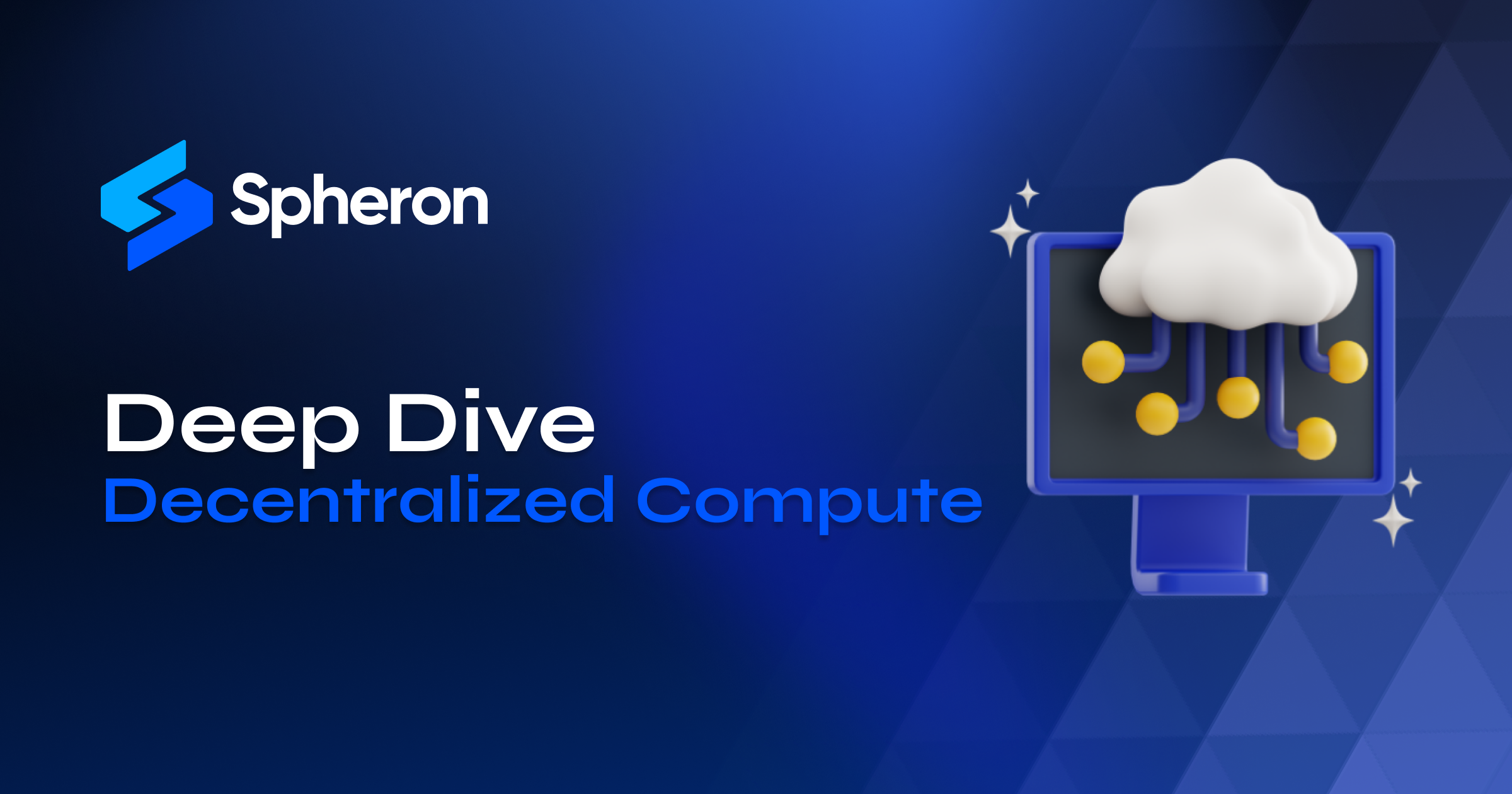
Spheron Network: Spheron Network offers a scalable, decentralized alternative to traditional cloud compute, optimized for AI, machine learning, and next-gen workloads. Its platform enables users to build and deploy nodes seamlessly.
-
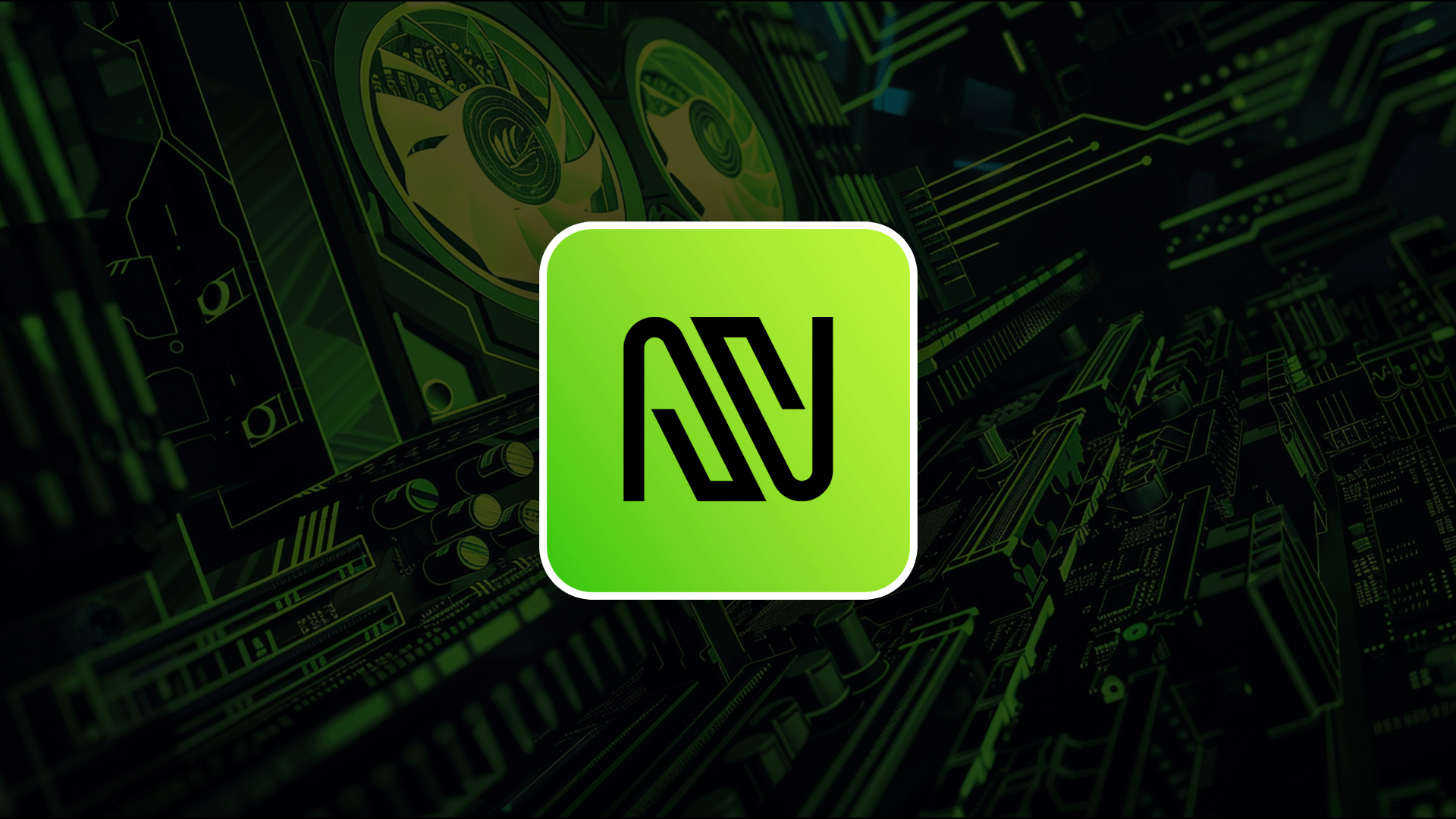
Nosana: Focused on AI inference, Nosana provides a GPU marketplace where users can save up to 6x on compute costs and effortlessly scale their AI workloads, targeting both affordability and accessibility.
The field is evolving quickly as more projects enter the space:
- Akash Network: The original decentralized cloud for AI’s next frontier; offers generous credits and broad provider participation.
- io.net: Focused on instant deployment at scale, with access to tens of thousands of GPUs globally.
- Silicon: Leading the charge on GPU NFT tokenization and community-driven inference clouds.
- OODA AI: Specializes in tapping underutilized resources for consistent availability at lower cost.
- OctaSpace/Spheron/Nosana: Each offers unique privacy features or ML-optimized workflows tailored to next-gen AI applications.
This diversity enables users to select platforms that best fit their needs – whether it’s cost efficiency, privacy guarantees, or specialized support for machine learning workflows.
Beyond cost and access, the rise of decentralized GPU marketplaces is fundamentally changing the economics of AI compute. By enabling economic inclusion, these networks empower individuals and small businesses to monetize idle hardware, creating a virtuous cycle that further expands available compute. As more participants join, network effects drive down prices and increase reliability, benefiting the entire AI ecosystem.
Security and transparency are also being redefined. With verifiable compute claims and cryptographic validation, users can be confident that their jobs are executed as specified. This trustless approach reduces reliance on centralized intermediaries and mitigates risks like vendor lock-in or opaque billing practices. For mission-critical AI workloads, such as those in healthcare or finance, this level of auditability is a game-changer.
What’s Next: Programmable and Tokenized AI Compute
The future of AI compute networks is programmable and tokenized. Platforms like Silicon are leading the charge by introducing GPU NFTs and a liquid $SIL token economy. This innovation allows for granular, on-demand access to compute – users can buy, sell, or lease GPU time just as they would any other digital asset. As a result, AI infrastructure becomes not only more accessible but also more composable and interoperable across protocols.
Meanwhile, decentralized marketplaces are integrating with open-source ML frameworks and orchestration tools, enabling seamless deployment of models on distributed hardware. OODA AI and GPU AI are already connecting disparate GPU pools, ensuring that resources are allocated efficiently even as demand spikes. For developers, this means less time worrying about infrastructure and more time building transformative AI applications.
Key Challenges and the Road Ahead
No paradigm shift comes without obstacles. Decentralized AI infrastructure faces technical challenges such as heterogeneous hardware, bandwidth limitations, and ensuring robust SLAs across a distributed network. Regulatory compliance and data privacy also remain front of mind, especially when sensitive workloads are involved. However, rapid progress in verifiable compute, programmable incentives, and decentralized identity is closing these gaps.
For investors and builders, the opportunity is clear: as AI workloads continue to outpace traditional cloud supply, decentralized GPU marketplaces will be essential for scalable, resilient, and permissionless AI compute. The next wave of innovation will be driven by projects that combine ComputeFi primitives, programmable incentives, and composable infrastructure with real-world utility.
How to Get Involved
- Explore platforms like Akash Network, io.net, and Berkeley Compute to compare offerings and incentives.
- Consider joining as a provider if you have idle GPU resources – token rewards can offset hardware costs.
- For developers, experiment with deploying inference workloads via decentralized marketplaces to benchmark cost and performance.
- Stay informed about advances in verifiable compute and programmable SLAs to maximize reliability and security.
As programmable compute, AI tokenization, and crypto-powered incentives converge, decentralized GPU marketplaces are poised to become the backbone of next-generation AI infrastructure. The winners will be those who embrace open, composable, and permissionless models – unlocking innovation at a global scale.
